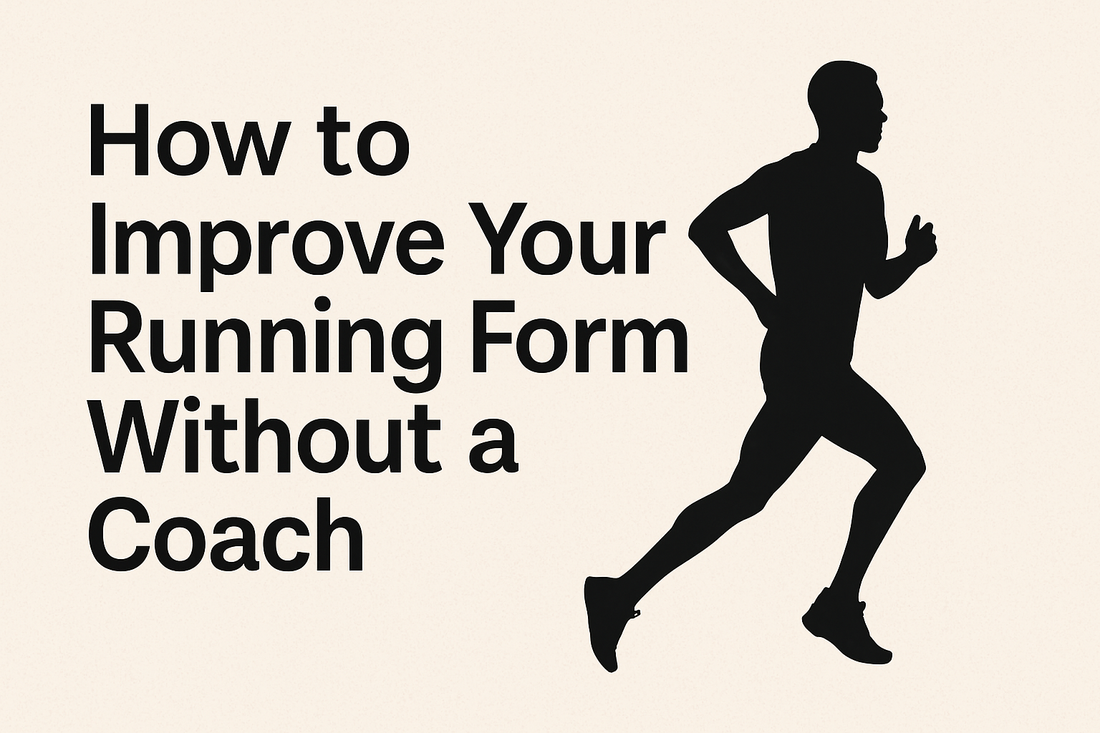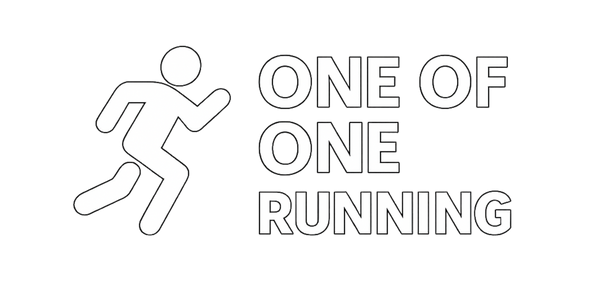
How to Improve Your Running Form Without a Coach
Share
You don’t need a personal trainer to run better. Most runners make small form mistakes that slow them down or increase their injury risk—without even knowing it. The good news? You can fix a lot of these things on your own.
Let’s break down what good running form actually looks like—and how you can improve yours with simple adjustments.
1. Head & Eyes
Look 10–15 meters ahead—not down at your feet. Your head should be upright, not tilted. This helps your posture and breathing stay relaxed.
2. Shoulders & Arms
Keep your shoulders relaxed, not tense or shrugged. Your arms should swing naturally from the shoulders, bent at about 90 degrees. Don't cross them over your body—this wastes energy. Think forward-back, not side-to-side.
3. Core & Posture
Slight forward lean from the ankles, not the waist. Your torso should feel tall, not hunched. This helps engage your core, stabilize your hips, and improve breathing.
4. Legs & Stride
Avoid overstriding (landing with your foot far ahead of your body). Instead, aim for a midfoot strike under your hips. Shorter, quicker steps are more efficient than long, heavy strides.
5. Cadence
Most recreational runners have a cadence (steps per minute) around 150–160. Try increasing yours gradually toward 170–180—it usually leads to lighter, more efficient running and fewer injuries.
How to Practice Running Form Without a Coach:
-
Record yourself (from the side & back) using a phone
-
Do drills: high knees, skips, butt kicks before runs
-
Run on a treadmill to check posture in a mirror
-
Do 1–2 runs/week focused purely on form, not speed
-
Run barefoot (short distances) on grass to feel natural stride
Good form isn’t about perfection. It’s about awareness and small improvements over time. If you run a bit “cleaner” every week, you’ll run longer, faster, and with fewer injuries.
Want more practical tips on running smart and injury-free? My e-book has full sections on form, training, recovery, and motivation—plus exclusive discount codes for gear that helps.
See the e-book here
